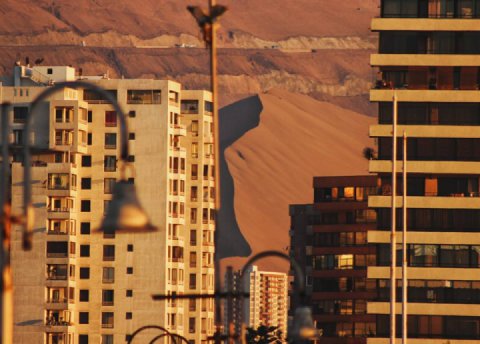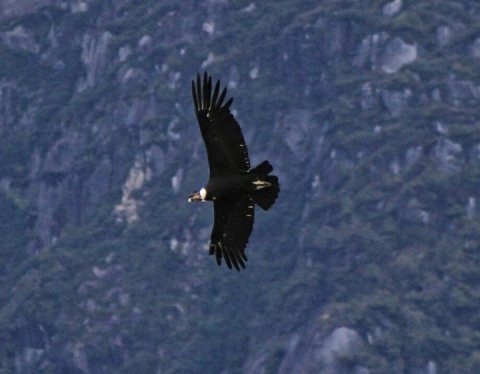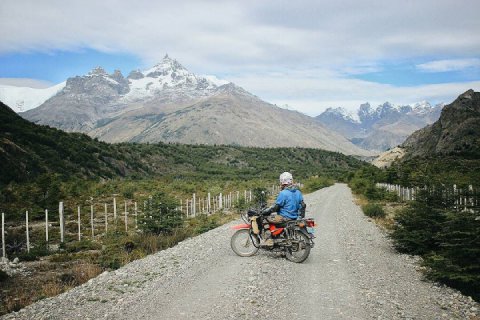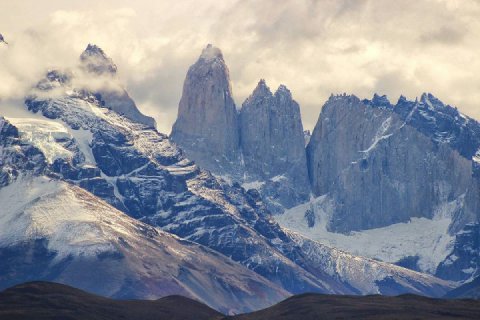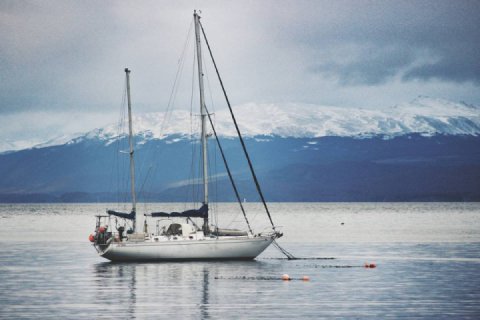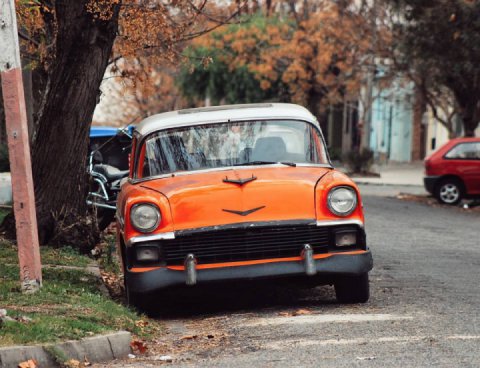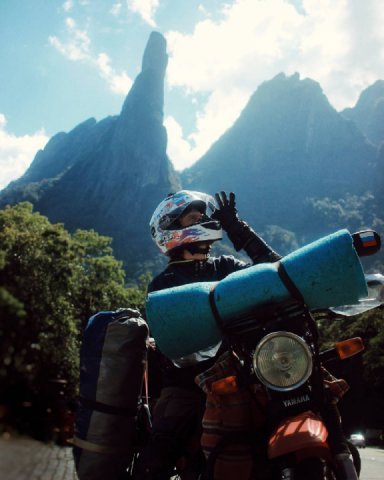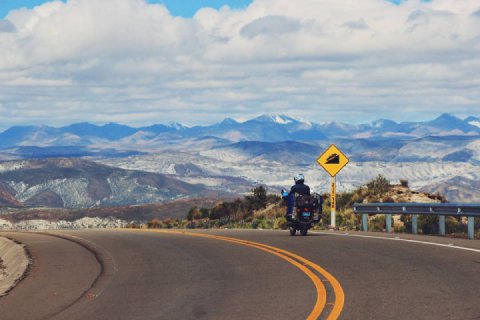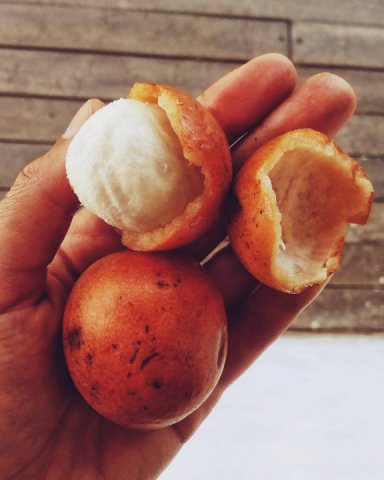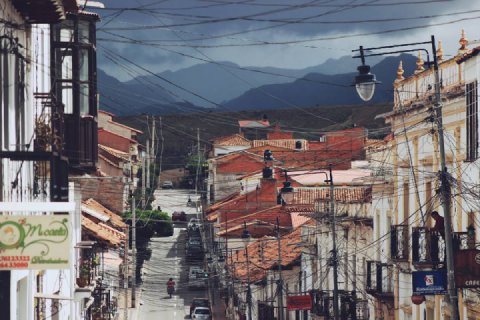Adventures of YB125 in Bolivia. Part 7
Let's continue...
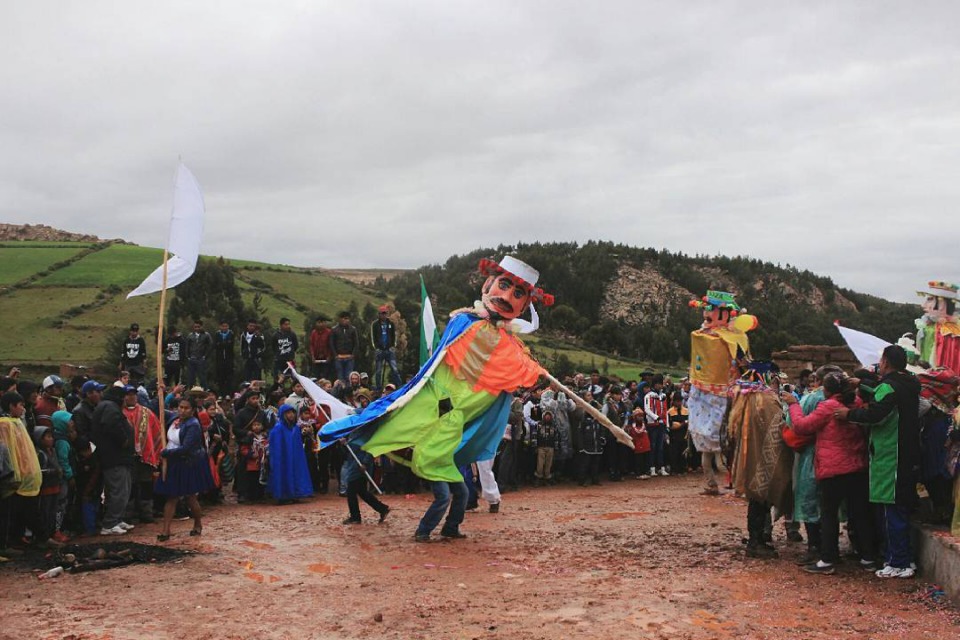
In Tintinas, the features of the Spanish colonialists are easily discernible, is not it?
You look this way in these eyes, how these dolls dance awkwardly, waving their hands and throwing their heads back, and despite all this sincere thrill around them, it becomes ridiculous: for them! Uh, but we, too, were having fun on this holiday, and were also something like Tintinas, the blame for that was our blue eyes - we had to dance with a half of the spirits separately and agree to the photos of anyone who wanted to.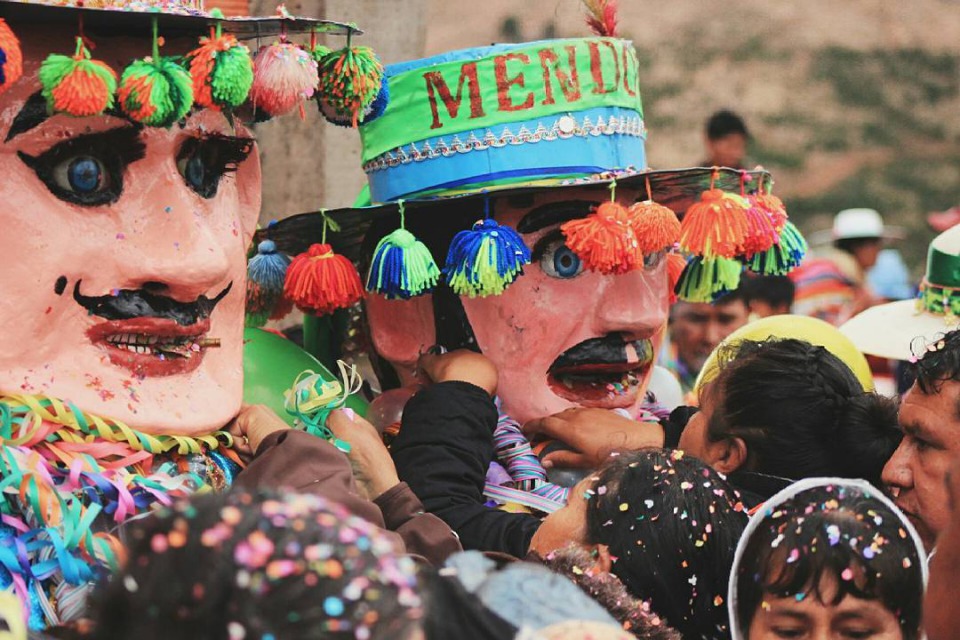
We underestimated the festive week, it pursued us all the way with musical processions, family gatherings in the fields. In places where people live more separately, in the polonies, they gather in large families on somebody's plot, melt a large oven made of stones and load it with a variety of food. Sometimes, to reach their destination, people walk 15-20 kilometers each, and men and women go separately (if they go on foot, and rarely on family minibuses go). Women go singly, laden with children, food and dishes. Guys, mixed up in groups - with musical instruments, alcohol, dances and songs.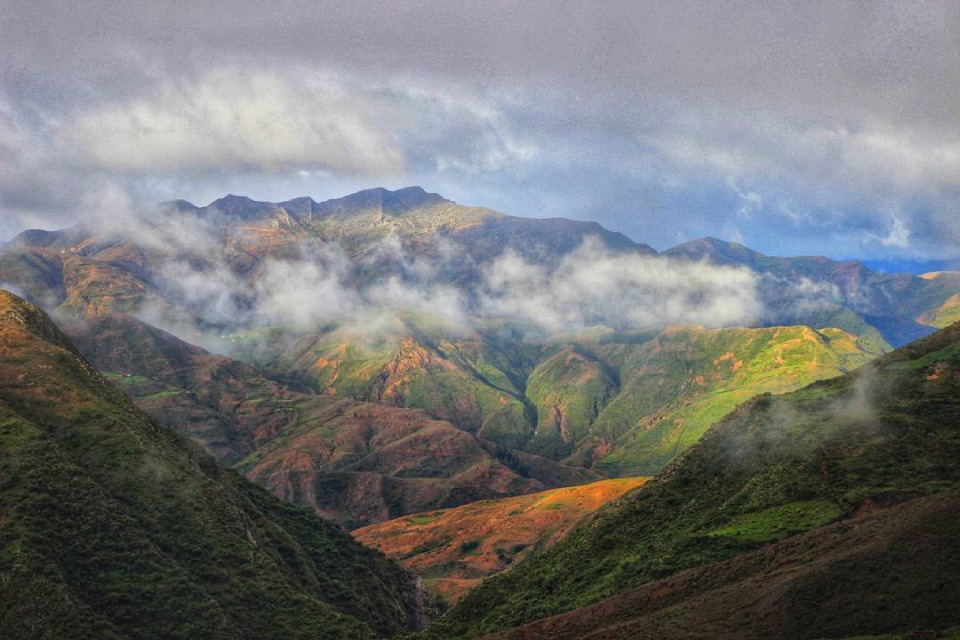
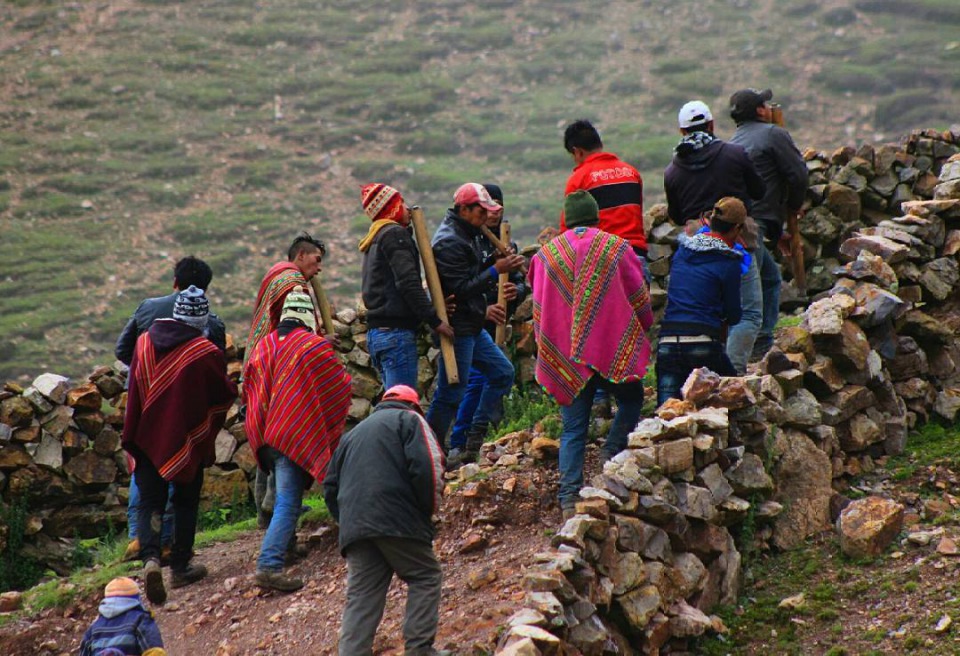
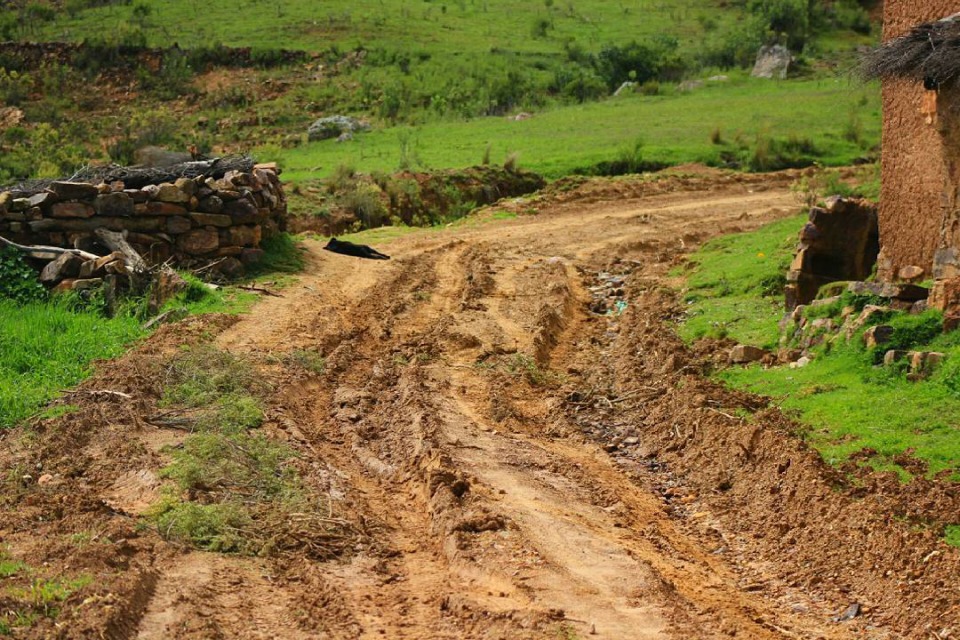
All would be fine, but every day, the bands we met were getting drunker. It was impossible to pass them without having greeted.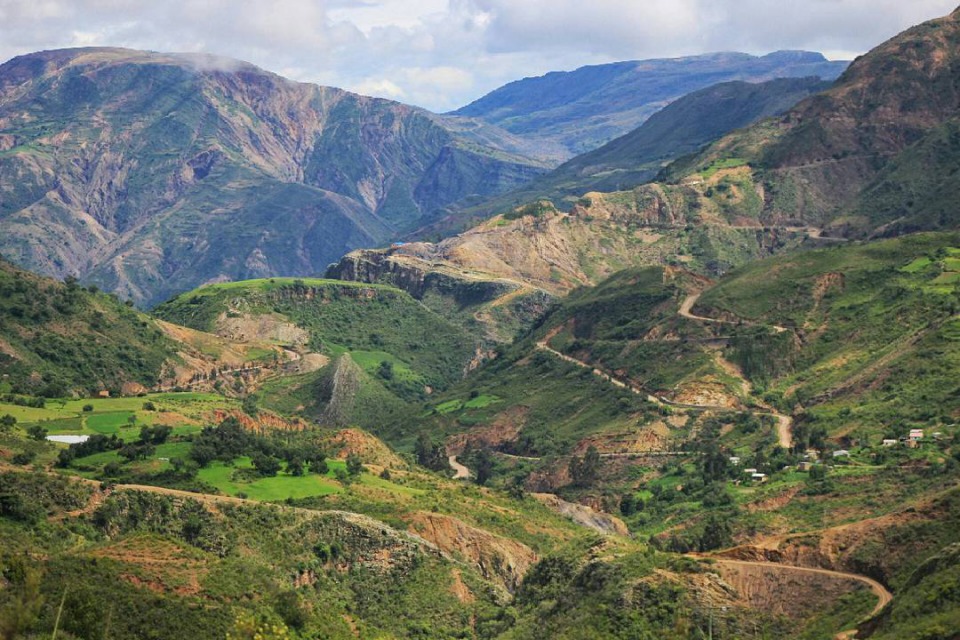
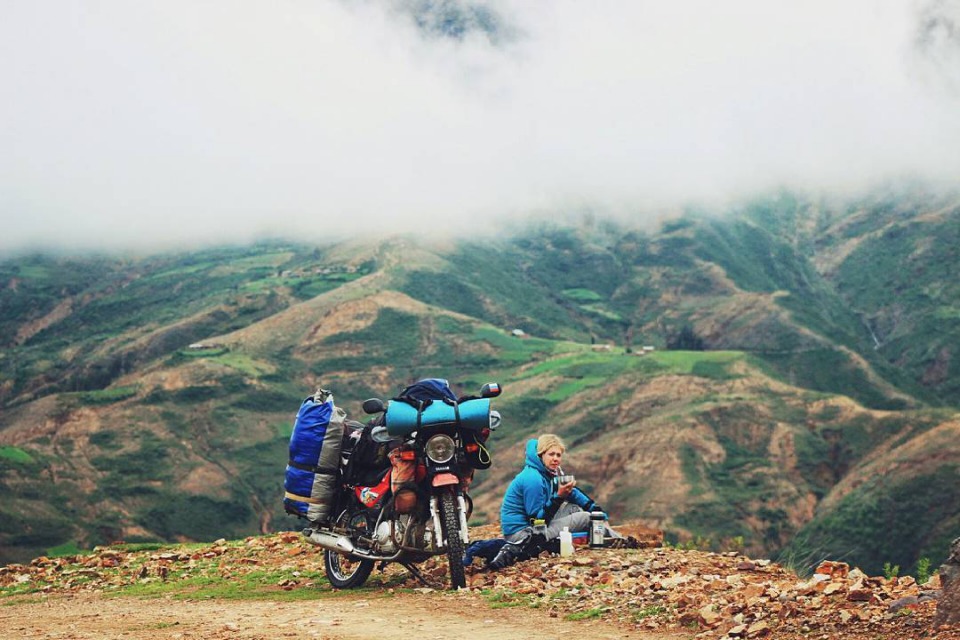
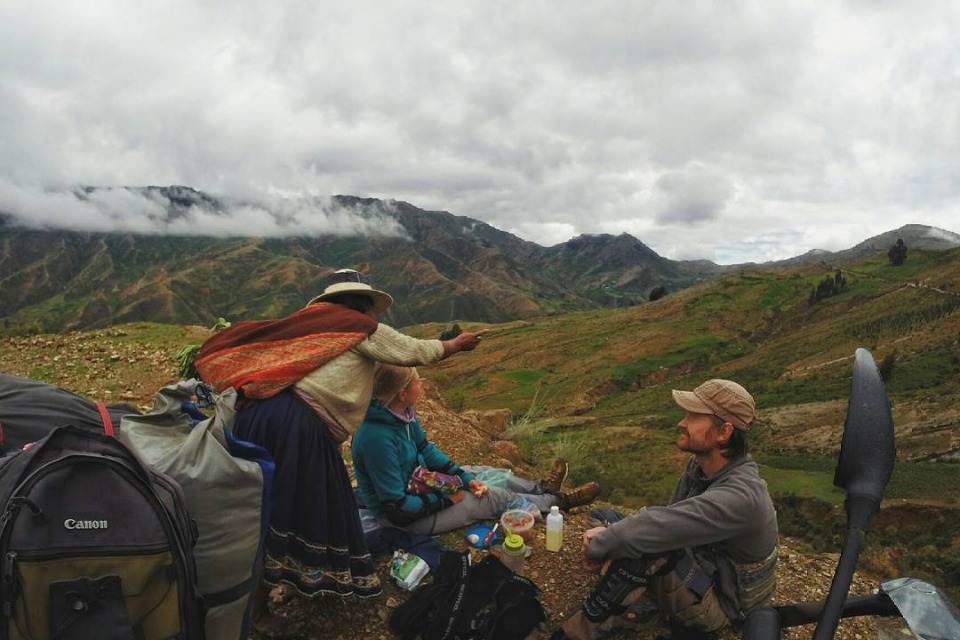
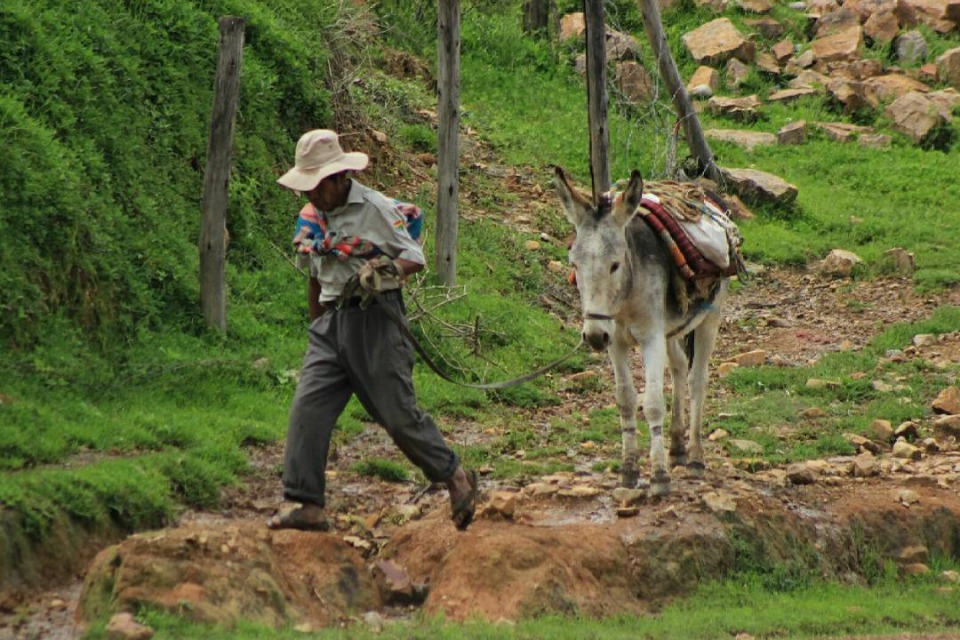
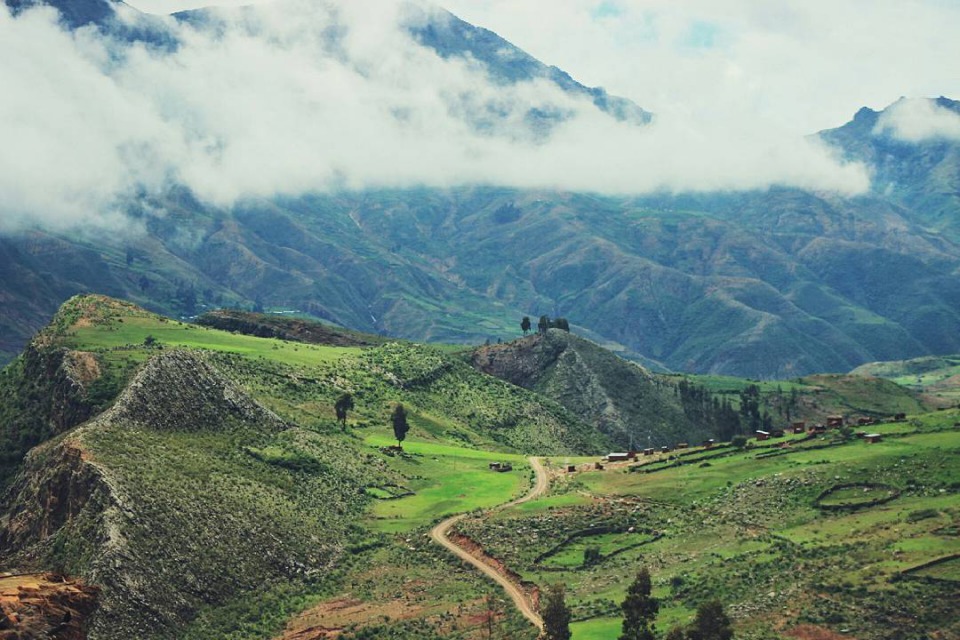
And then we reached the Torotoro National Park! The national park consists of two faulted valleys, the sides of which are jagged rocks, like lotus petals or stegosaur plates. Perhaps it is the largest and most impressive paleontological park in the open air: incredible tectonic and erosional forms of relief, colored soils, glacial relief forms, canyons and caves, fossil remains of dinosaurs, mammals (the rarest remains of ocean walruses were found on the territory of Torotoro), sea turtles, mollusks, arthropods and fish; there are also more than 2500 sites with traces of dinosaurs (of different periods and species); traces of primitive and later human settlements - drawings, ceramics, ornaments and weapons.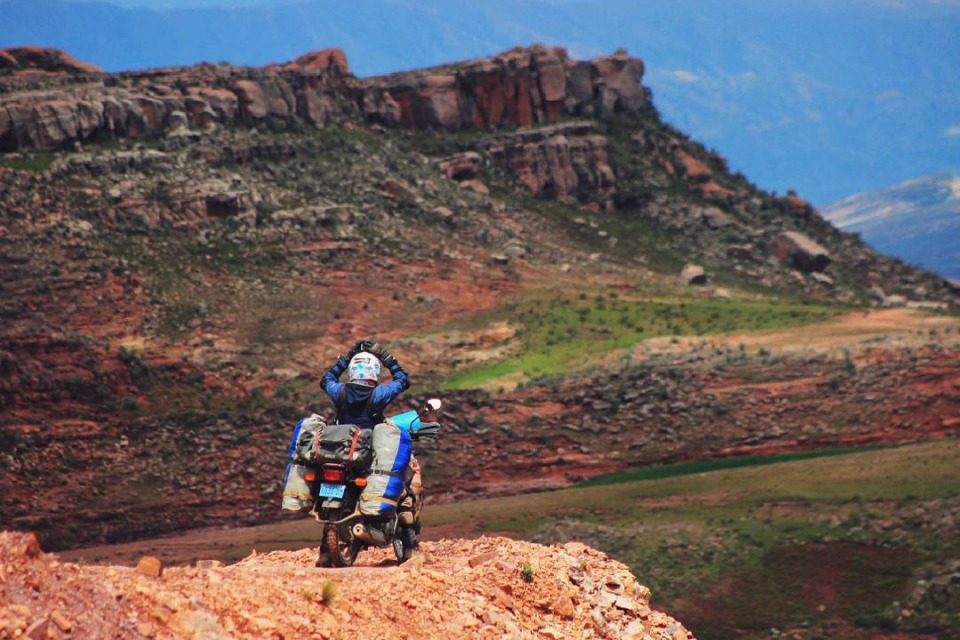
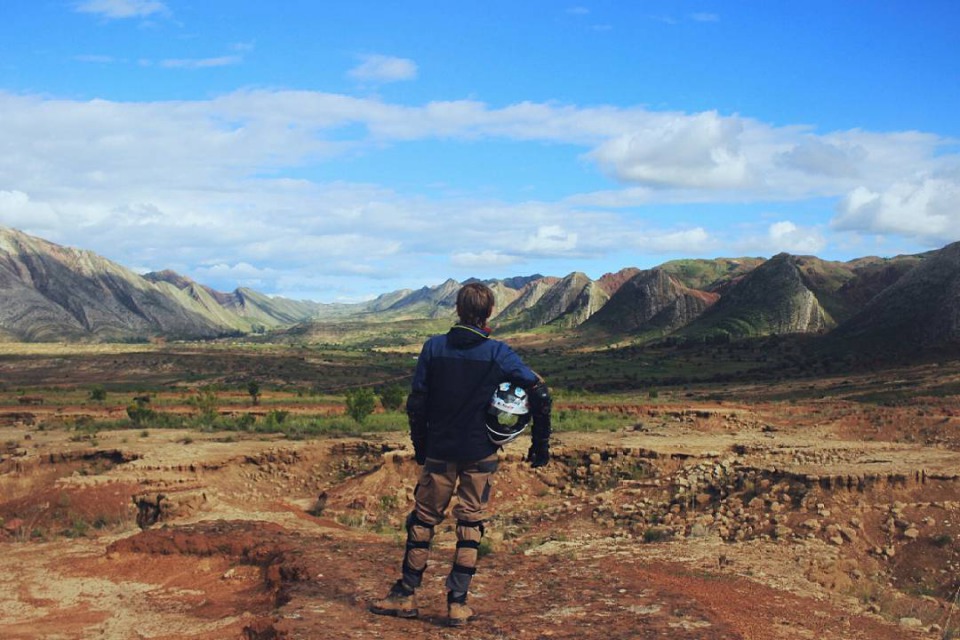


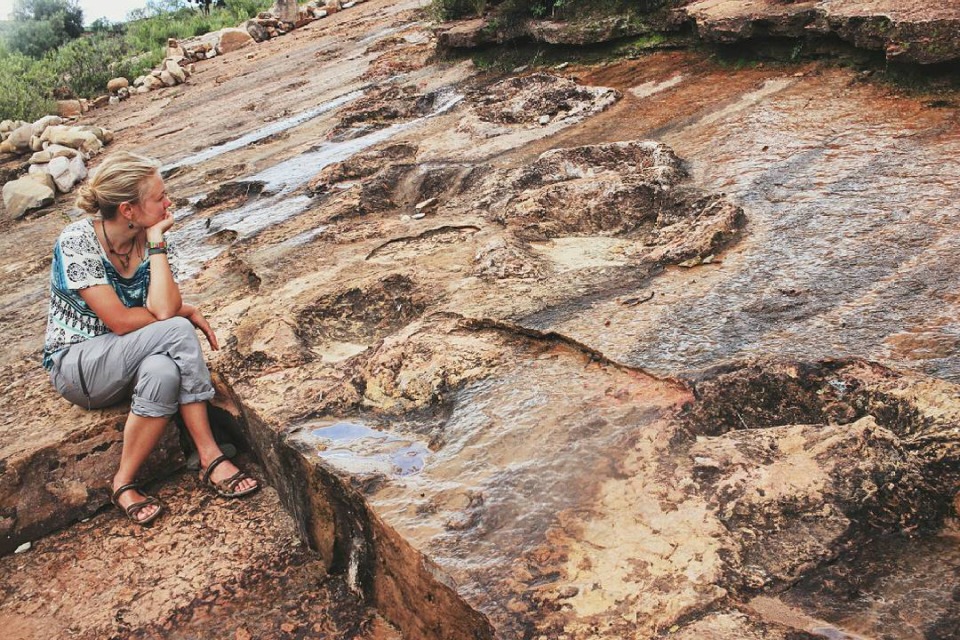
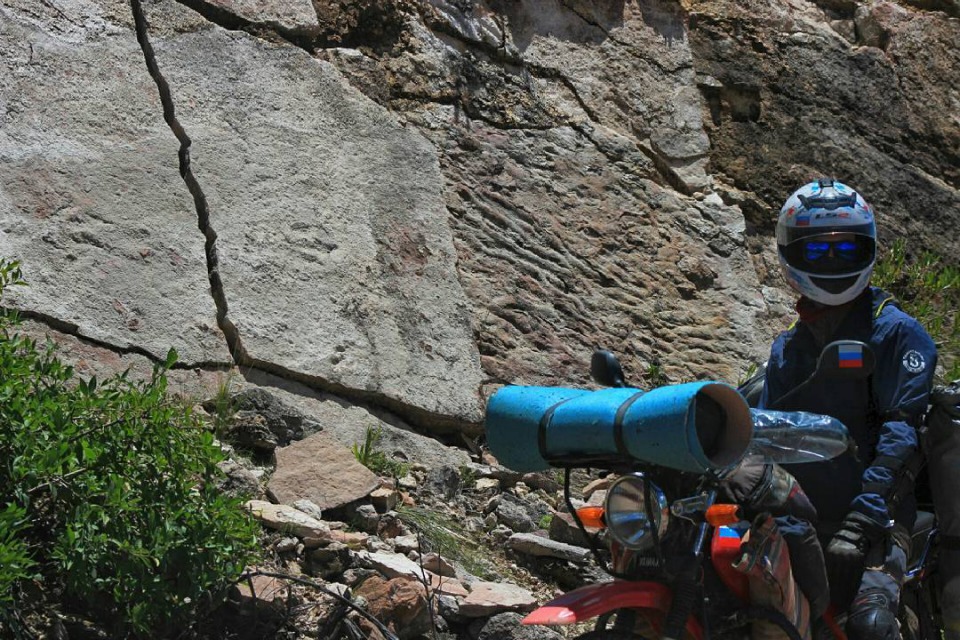
To be continued...
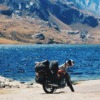
 Follow
4.6K
Follow
4.6K



